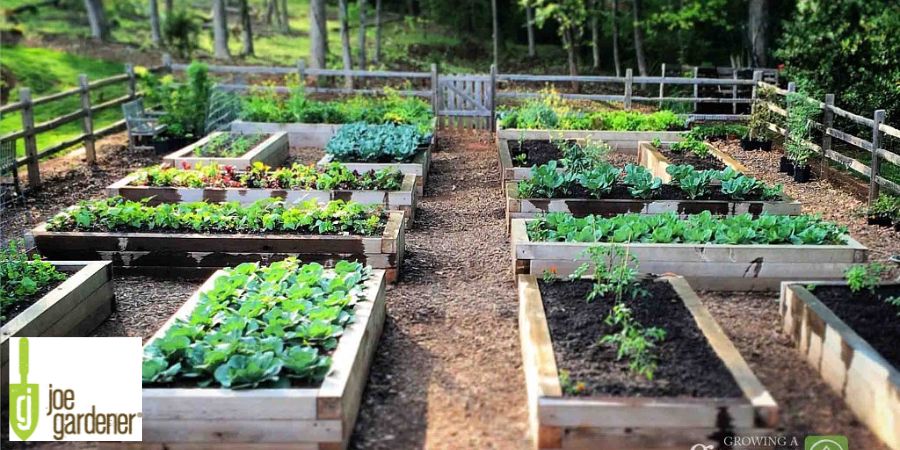How to Improve Your Soil
- Gardening Expert and Host of Growing a Greener World®March 27, 2017
Just when I thought it couldn’t get any better, it does. I’m talking about the performance of my lawn and garden. While I’ve been gardening personally and professionally for most of my life, over the past several years, I’ve had a chance to really settle in to my forever landscape (and horticultural laboratory) and improve soil wherever I want plants to thrive.

I’ve always practiced what I’ve preached. But now I finally have time to put all that advice I teach and demonstrate on television and writing, into full-on testing here at the Garden Farm—my personal home garden and landscape. It’s also the filming set for our national television series, Growing a Greener World®.
For years, we’ve demonstrated all this great wisdom in everyone else’s garden or landscape. Finally, we’ve been doing it at my place long enough to really see the tangible results of our practices.
Can I just say it’s pretty amazing—but not surprising?
The vegetable garden astounds all who visit. Plants seem to jump out of the ground with growth and vigor. Even seasoned gardeners are surprised.

The organic lawn has never looked fuller or greener.
And my tree, shrub and perennial installations have adapted beautifully. As with my veggies, they too seem to have tapped into some incredible energy source that has them.
So what’s behind this across-the-board vigor?
If you didn’t know me, you might think lots of synthetic fertilizer. Not that. I’m an organic gardener. Perhaps it’s time-consuming hours of watering. No, not that either.
The common denominator to why all my plants and lawn are thriving is the soil.

When I think about planting, it’s not so much about how deep or wide to dig the hole. Although that’s very important, I’m planning well in advance to improve the growing conditions. That means giving plants the best foundation possible through great soil.
Yes, it takes some forethought and patience, but the rewards are ongoing. No matter what type of soil you have to start, whether it’s loose and sandy, or heavy clay (like mine), doing what you can to incorporate organic matter will give it body, porosity, texture, and crucial microorganisms your plants need to really thrive.
So let’s break that down.
Over several months, these ingredients break down into the perfect soil amendment for your lawn or garden, complete with nutrients, and billions of beneficial microorganisms that serve as the workers in your soil in a symbiotic sort of way to help your plants thrive as nature intended.
You may be surprised to know that in nature, organic matter only makes up about 5% of native soil. About 50% is air and water, and 45% is minerals (sand, silt and clay in some combination).
Take comfort in knowing only a little bit of organic matter goes a long way to making any soil better. My suggestion is to mix all the natural inputs you can into a heap or bin and let them break down all together first. When it does, you have finished compost.
Then, use it in your landscape or garden. At my place, I make all I can and add it in my vegetable garden, working about a half-inch slightly into the soil. The addition of compost (or other organic matter) will improve your soil which in turns, helps whatever is growing there.
And there’s one other player that I attribute to the success of my lawn and landscape: Milorganite®. The slow release nitrogen in this fertilizer product is itself a direct result of billions of microbes that safely add an extra boost to help stimulate my plants and lawn to grow.
As an organic gardener, whatever ingredients go into making my soil productive can’t be negated by inorganic inputs. That’s why Milorganite fits so well into my soil-building protocol. Healthier plants mean deeper roots, better water filtration, and drought tolerance. That leads to a healthier soil environment and overall improved vigor in everything above ground.
For your lawn, rent a core aerator and run it over your lawn first. That will extract soil plugs, leaving a great place to top-dress with compost and organic fertilizer. I do this twice a year in spring and fall.
In vegetable and landscaped beds, I work about a half inch of compost into the surface, add Milorganite as directed and top dress with mulch.
Hopefully, you’ve gotten the picture that it doesn’t take much to achieve big results over time.
Try to repeat this process twice a year if possible. While you should see good results quickly, the best results will occur over time. But I assure you, it’s worth the wait.



